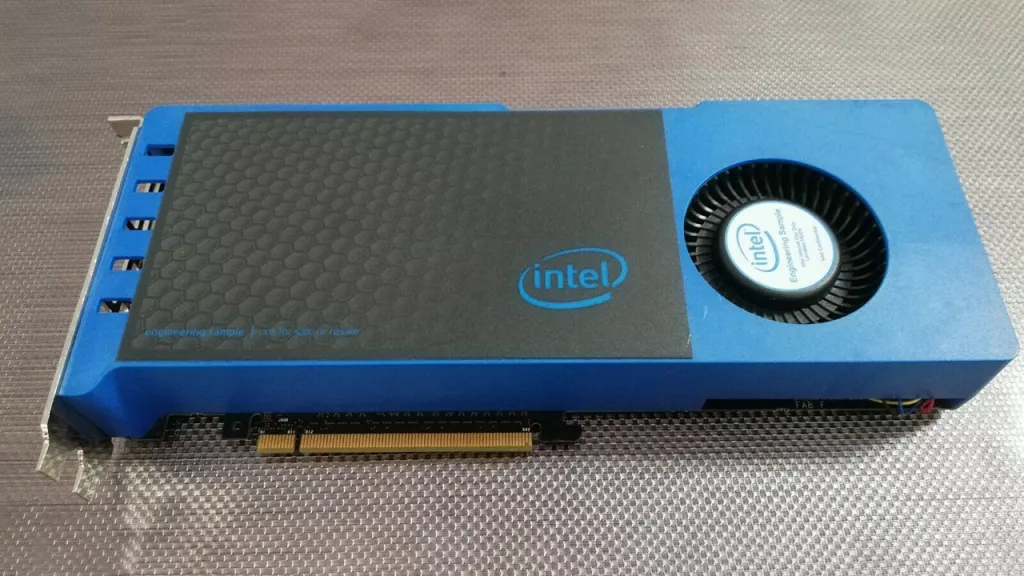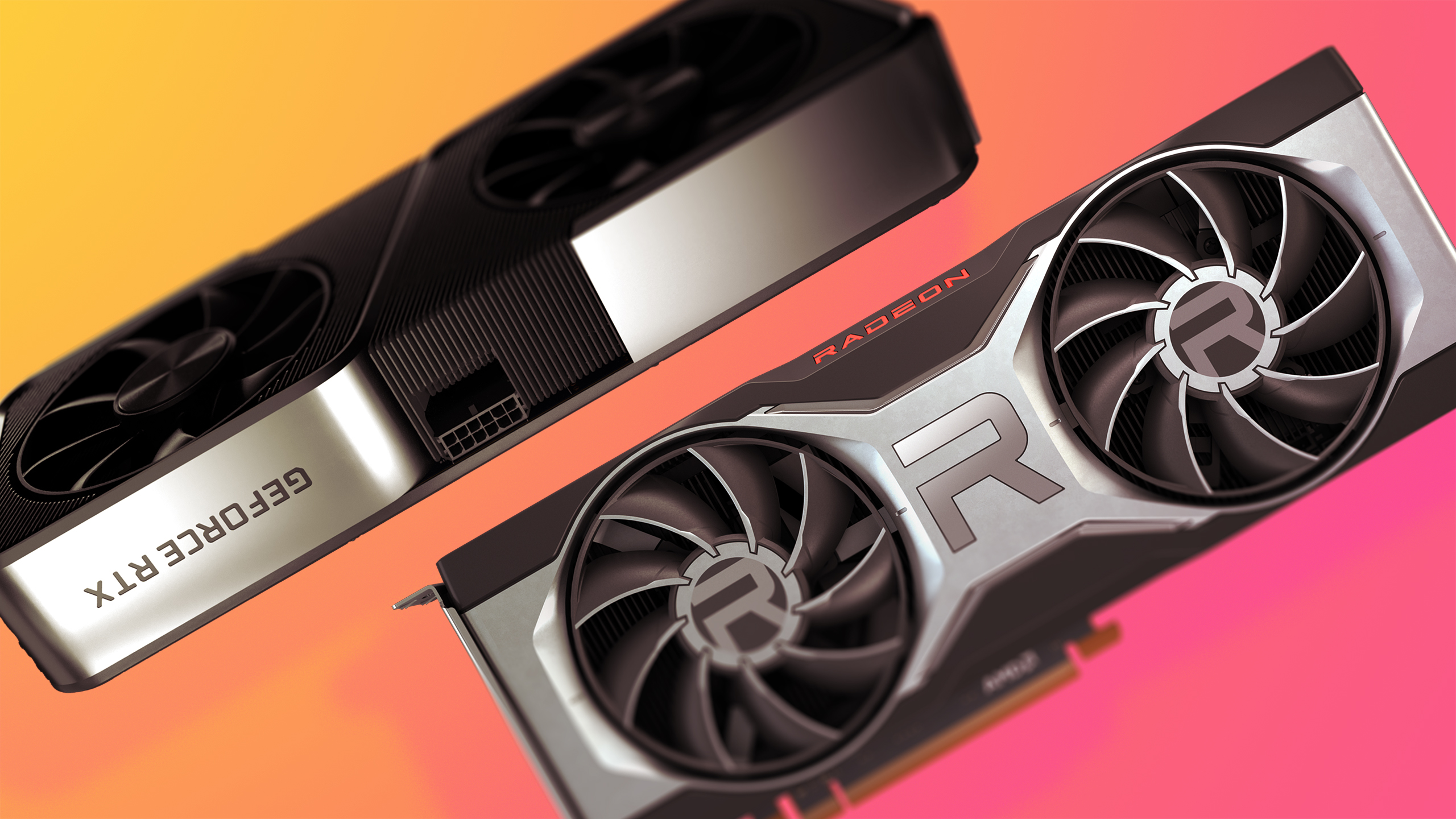A working Intel Larrabee graphics card prototype just sold for $5,000
But you definitely want to wait for Alchemist.

This big blue chonker is quite possibly the only working prototype of Intel's Larabee GPU in the world, and it just sold on Ebay France for €4,650 ($5,234). You thought an Nvidia GeForce RTX 3090 was expensive in today's market? Try being a collector of rare PC components, then come talk to us.
Our friends over at Tom's Hardware note the details of the recent Larrabee GPU listing, where the card was highlighted as an Intel engineering sample for internal use only, and included a screenshot of the BIOS to show the GPU worked, but was without drivers.
The Larrabee GPU, for those who aren't caught up, was Intel's previous attempt at an entirely in-house discrete graphics card design that came way before all the Intel Arc graphics card business came about.
The company sunk quite a substantial sum of money into the card's design, several billion by all likelihoods, but the retail release ended up cancelled in late 2009, and the project finally dropped off half a year later. Intel stated at the time, "We will not bring a discrete graphics product to market, at least in the short-term." The reason? "We missed some key product milestones," among other things. Among them, the company's changing focus.
Intel's trajectory going forward was clear: "We are focused on processor graphics, and we believe media/HD video and mobile computing are the most important areas to focus on moving forward." Apparently gaming wasn't as viable a focus back in 2010.
Although the card was cancelled, that doesn't mean it was a failure. As Tom Forsyth, one of its main designers, said when he rejoined Intel's graphics team under Raja Koduri, "Every month or so, someone will ask me what happened to Larrabee and why it failed so badly. And I then try to explain to them that not only didn't it fail, it was a pretty huge success."
The card's tech actually went on to bolster Intel's supercomputing division, and helped form the basis for a high-profile accelerator card, Knights Corner, along with the Xeon Phi co-processors in 2012.
The biggest gaming news, reviews and hardware deals
Keep up to date with the most important stories and the best deals, as picked by the PC Gamer team.
Every month or so, someone will ask me what happened to Larrabee.
Tom Forsyth
The x86-based Larrabee card itself works more like a CPU/GPU hybrid than just a graphics card. It was more of a general computing unit devoid of any specialised silicon, and was derived from Intel Pentium CPU designs—only with a more powerful vector unit than the older Intel processors had.

How to buy a graphics card: tips on buying a graphics card in the barren silicon landscape that is 2021
Inside the chunky blue box of the Larrabee card sits 32 four-way multithreaded cores, a 512-bit vector processing unit, and a 1,024bit (512-bit bi-directional) memory bus.
All this makes it hard to liken it to a modern day equivalent, but the performance of the 48-core versions were closer to competing cards from Nvidia and AMD at the time, though they came with a much higher power consumption cost. That being probably one more reason they never hit the market.
Apparently a working prototype of the original Larrabee GPU did survive, and some lucky soul has now managed to bag it. How the Larrabee came to be in the hands of the seller is unclear, but they've sure made one collector very happy.

Screw sports, Katie would rather watch Intel, AMD and Nvidia go at it. Having been obsessed with computers and graphics for three long decades, she took Game Art and Design up to Masters level at uni, and has been rambling about games, tech and science—rather sarcastically—for four years since. She can be found admiring technological advancements, scrambling for scintillating Raspberry Pi projects, preaching cybersecurity awareness, sighing over semiconductors, and gawping at the latest GPU upgrades. Right now she's waiting patiently for her chance to upload her consciousness into the cloud.

